Have you ever wondered if the temperature of your golf ball affects its distance?
That’s exactly what researchers Trevor Bianchi and Andrew Grogin sought to unravel in their intriguing study published in the California State Science Fair. The duo hypothesised that a heated ball, being more elastic, would travel further than a colder one.
Using a backdrop marked in centimetre increments, Bianchi and Grogin prepared three sets of golf balls at three distinct temperatures: cold (5°C/41°F), room temperature, and hot (37.7°C/100°F). Each set of balls was dropped from a height of 2.5 meters onto a cement slab, and the bounce was carefully recorded using a video camera.
The results were compelling. The heated golf balls bounced an average of 216 cm, the room temperature balls averaged 200.25 cm, and the cold golf balls lagged at 174.4 cm.
The relationship between temperature and golf ball distance is a subject that every golfer should know, as it can make the difference between a successful shot and a missed opportunity.
In this article, we will explore the science behind how temperature affects golf ball distance and offer valuable tips to help you improve your game in various weather conditions.
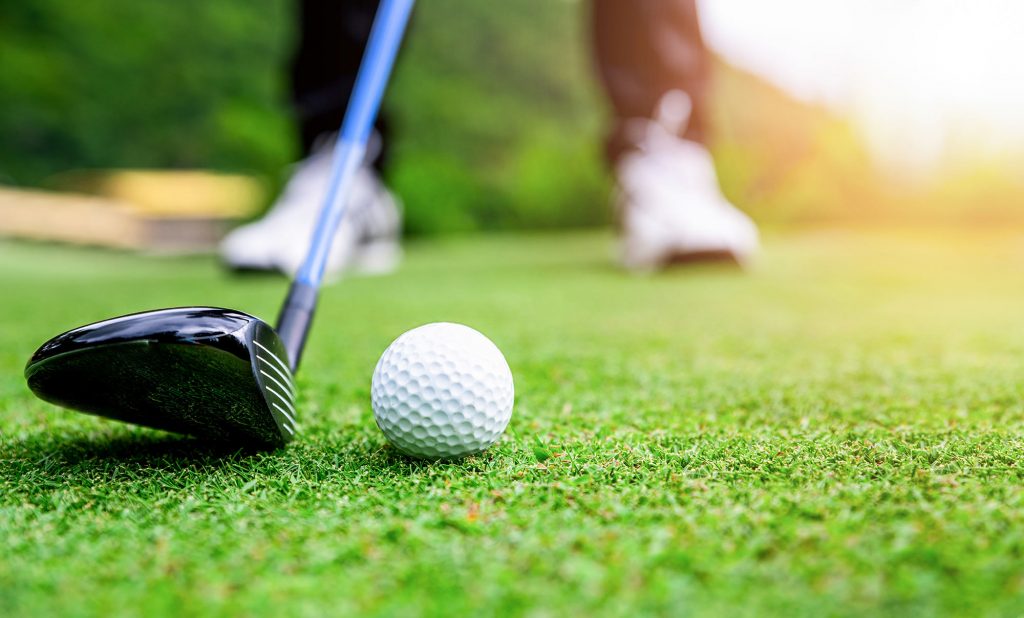
The science behind golf ball performance in different temperatures
The surrounding temperature influences even the performance of the best golf balls. When the temperature changes, the behaviour of the golf ball in flight is altered, affecting its distance and trajectory. Understanding these effects can help golfers make informed decisions on the course and adjust their strategies accordingly.
The effect of air density
Air density is a fundamental factor that influences the flight of a golf ball. The air molecules are tightly packed in colder weather, increasing air density. Consequently, the golf ball encounters more resistance, impeding its overall distance. Golfers might notice that their shots fall shorter during chilly rounds.
On the contrary, hotter temperatures lead to decreased air density. As the air molecules spread out, the golf ball experiences less resistance, allowing it to move more effortlessly through the air. As a delightful outcome, golfers often witness their shots travelling longer distances off the tee in warmer weather.
To further understand this phenomenon, it’s essential to consider how temperature affects the speed of air molecules. In colder conditions, the air molecules move slower, reducing their capacity to lift and carry the golf ball. These molecules gain speed in warmer temperatures, giving the ball an extra boost during flight.
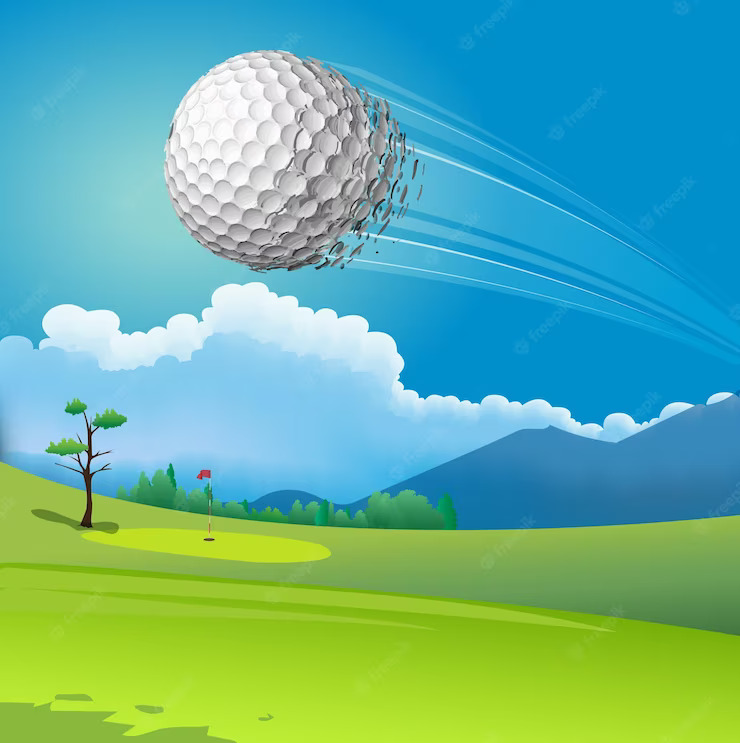
Compression and elasticity of golf balls
The compression ratings and elasticity of golf balls are vital aspects that significantly influence their performance on the course. Golf ball manufacturers engineer their products with specific compression levels and elasticity to cater to the diverse needs of players. Understanding how these properties vary in different temperatures is crucial for optimising one’s game.
Golf balls tend to become stiffer and less elastic in colder temperatures. As the temperature drops, the materials within the ball contract, leading to reduced elasticity. Consequently, the ball absorbs less impact energy, resulting in shorter distances. The decreased elasticity also affects the ball’s ability to deform upon impact, leading to a less efficient energy transfer from the clubface to the ball.
But, in hot weather, golf balls show higher levels of elasticity. The rising temperature causes the materials to expand, making the ball more resilient upon impact. This increased elasticity facilitates a greater energy transfer from the clubface to the ball, enabling shots to travel longer distances off the tee.
Golfers must choose the right golf ball based on the prevailing weather conditions. In colder temperatures, a lower compression ball might be more suitable to ensure better energy transfer and achieve more distance. On the other hand, in hot weather, a higher compression ball could help maintain control over shots and maximise distance.
Core materials
The core material of a golf ball also influences its performance in different temperatures. Some balls have soft cores that compress easily, while others have firmer cores that offer more resilience. Selecting the right ball based on the temperature can optimise your distance and control.
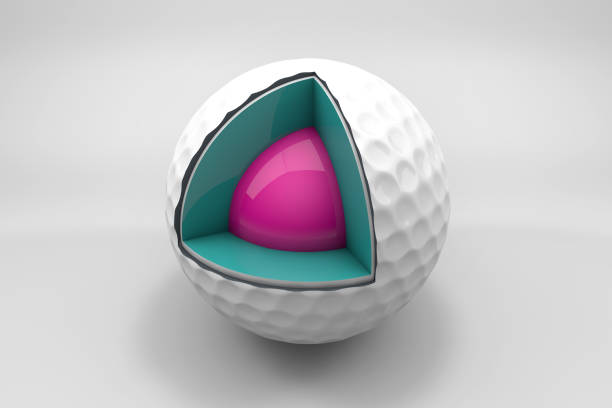
The impact of humidity on golf ball
Humidity can affect golf ball distance, especially in conjunction with temperature. High humidity can make the air less dense, similar to playing in hot weather. However, highly humid conditions may affect the grip on the club and the ball’s surface, so choosing the right ball remains crucial.
Optimal temperature for maximum distance
Though we can’t control the weather, understanding the optimal temperature range can help you make informed choices, enhancing overall performance on the course.
Golfers aiming for maximum distance off the tee should seek temperatures around 70 to 90 degrees Fahrenheit (21 to 32 degrees Celsius). Within this range, golf balls strike the right balance of compression, elasticity, and air density, resulting in efficient energy transfer, better propulsion, and reduced air resistance.
In colder temperatures, balls become more rigid and less elastic, leading to shorter distances, while in extreme heat, excessive elasticity might compromise control despite the increased distance.
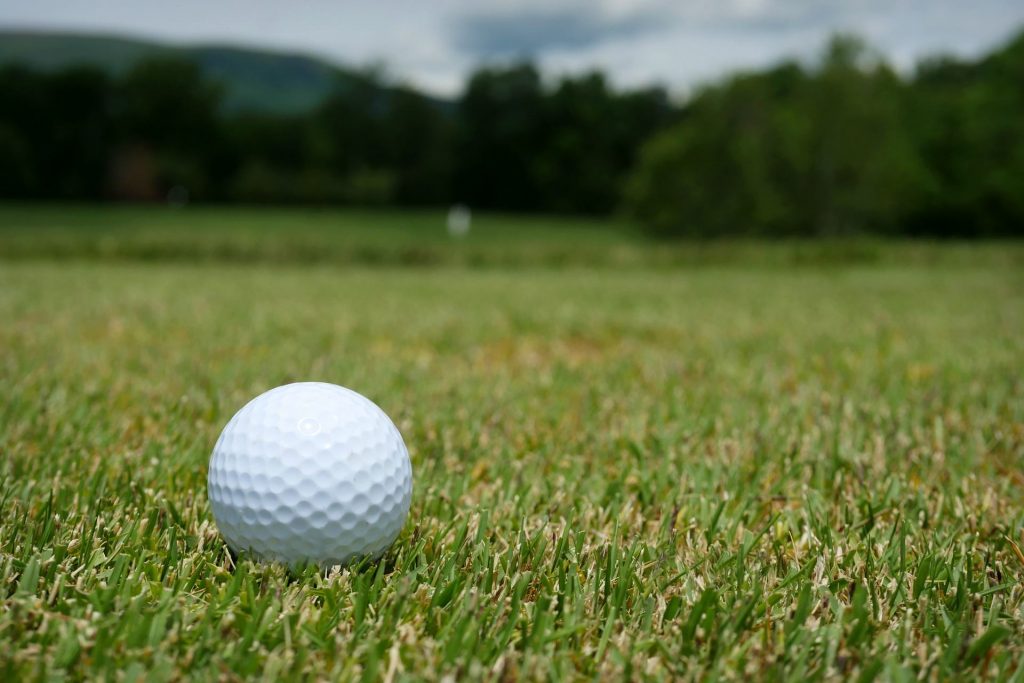
Tips on adjusting your game in different temperatures
Golf is a popular sport requiring precise calculations and skilful execution. However, many golfers overlook a critical factor that can significantly impact their game: temperature. We are sharing some tips on adjusting your playing style according to the temperature.
Colder temperatures (Below 60°F / 15°C)
- Use lower-compression golf balls for better energy transfer and distance.
- Adjust your swing to generate more clubhead speed in denser air.
- Dress in layers to stay warm and maintain flexibility.
- Shorten your backswing slightly to ensure better ball contact.
- Consider using a softer grip to better feel and control in the cold.
Moderate temperatures (60-80°F / 15-27°C)
- Stick to your standard golf ball, as conditions are ideal.
- Focus on maintaining a consistent swing and tempo.
- Stay hydrated to prevent any loss of focus or stamina.
- Utilise favourable conditions for greater accuracy on approach shots.
- Pay attention to wind direction and adjust your shot accordingly.
Hot temperatures (Above 80°F / 27°C)
- Opt for higher-compression golf balls for improved control.
- Hydrate frequently to prevent fatigue and maintain performance.
- Use cooling towels or wear moisture-wicking clothing to stay comfortable.
- Modify your grip pressure to avoid gripping the club too tightly.
- Be mindful of the ball’s increased bounce on firm, hot fairways.
Adverse weather (Rain or Wind)
- Choose golf balls with added durability for wet conditions.
- Adjust your stance for stability in strong winds.
- Use longer clubs to compensate for reduced ball flight in the wind.
- Take extra care in reading greens affected by rainwater.
- Stay mentally focused and patient, as adverse weather requires adaptability.
General tips
- Warm up adequately before your round to maintain flexibility in any temperature.
- Monitor the weather forecast and plan accordingly with appropriate gear.
- Keep spare gloves and towels in your bag for varying conditions.
- Stay positive and adaptable, as weather changes can affect your strategy.
- Practice regularly in different temperatures to become more comfortable and confident in any weather.
Conclusion
Understanding how temperature affects golf ball distance is essential for any golfer seeking to improve their game. Players can optimise their equipment based on weather conditions by considering the science behind air density, compression, and core materials. Adapting your game and being well-prepared for different temperatures will give you a competitive edge on the golf course.
For even more golf content, just click right here.

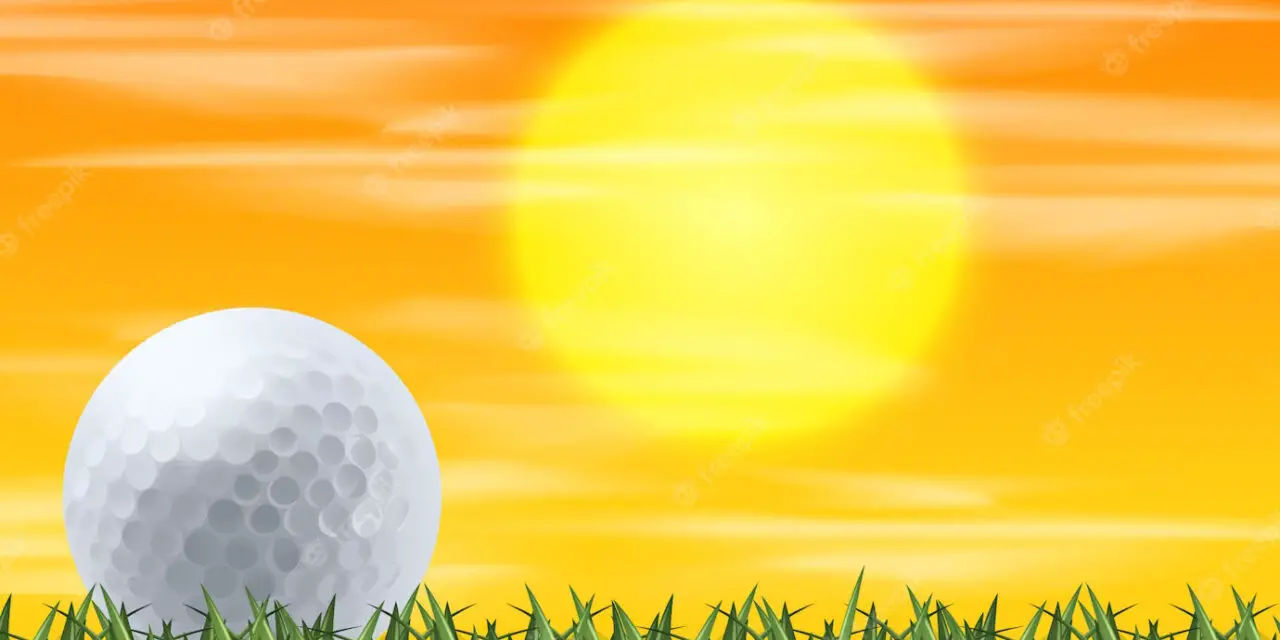


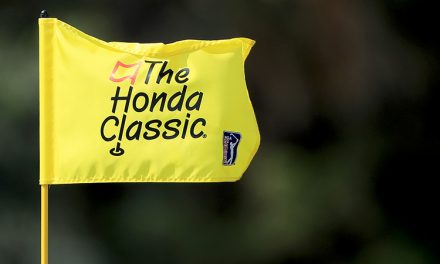

Trackbacks/Pingbacks